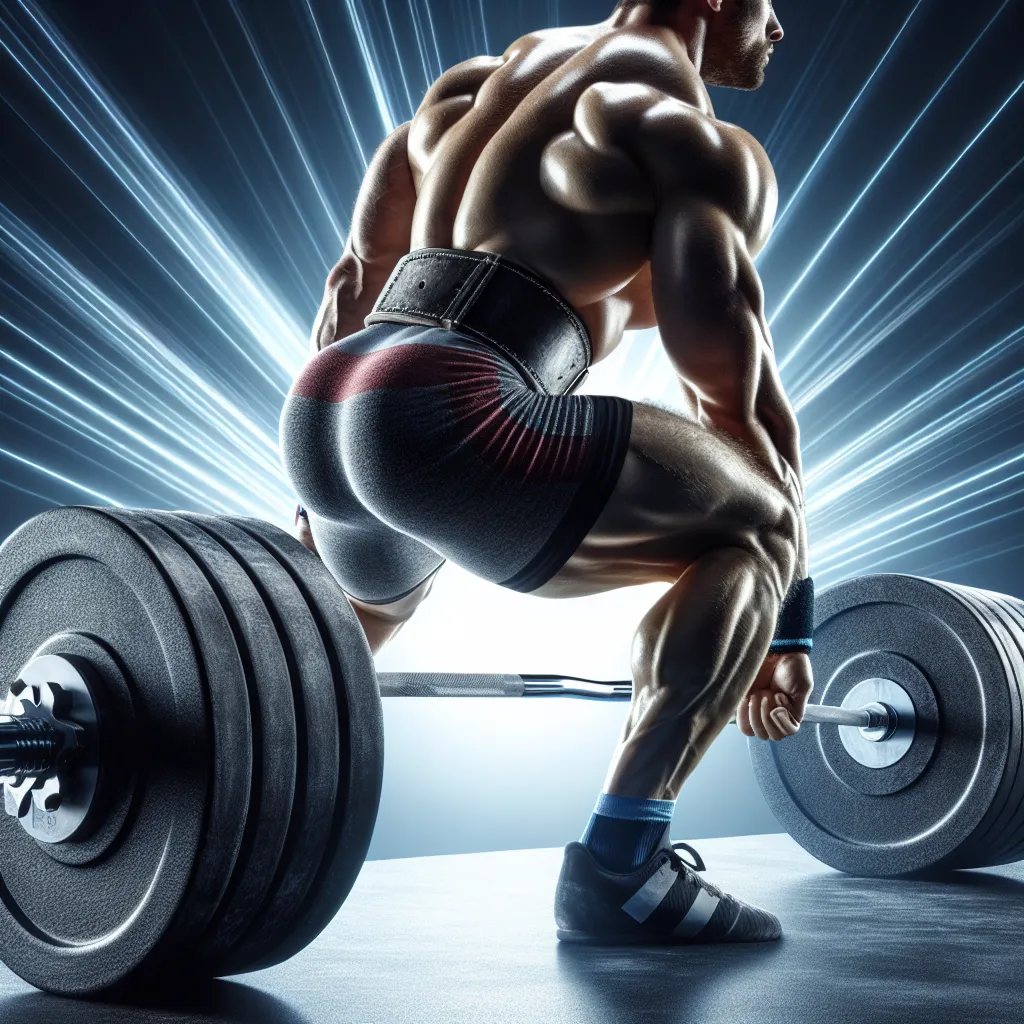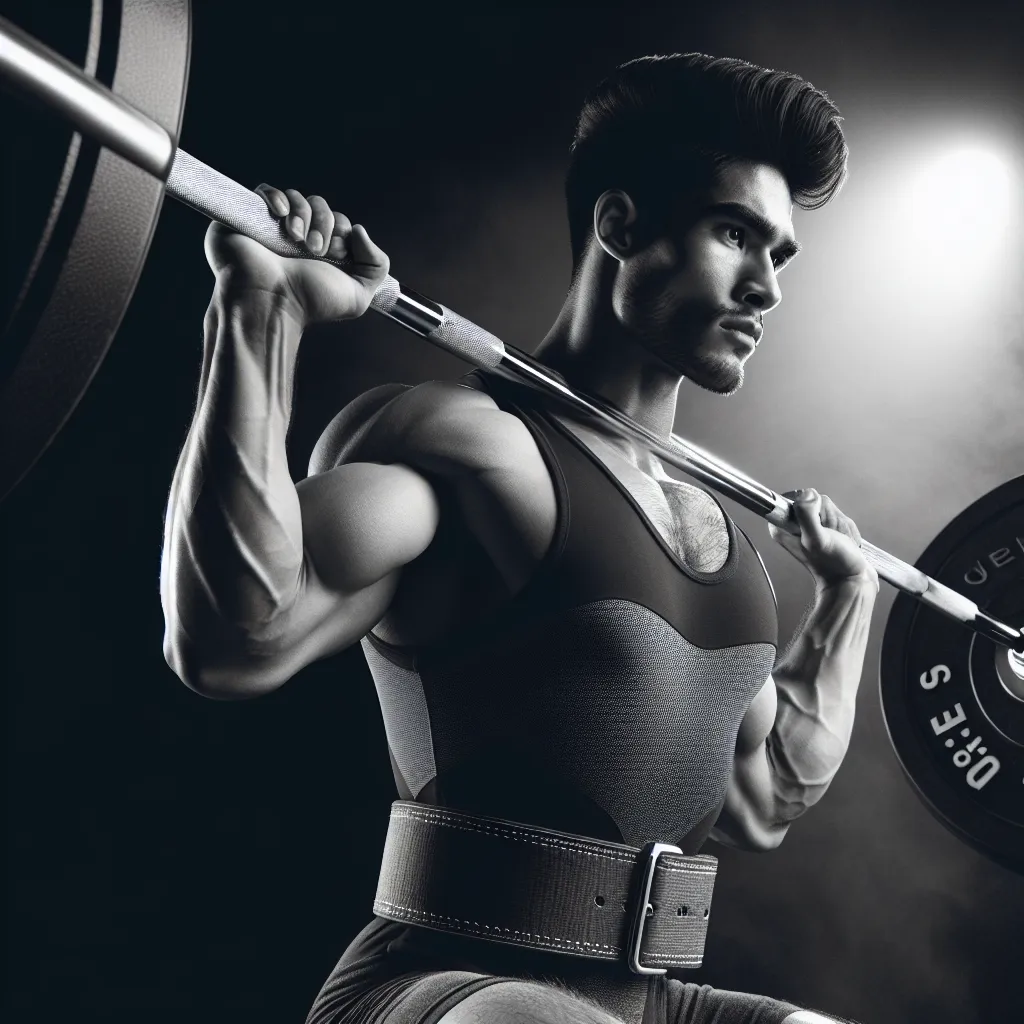
The Benefits of Using Weightlifting Belts
What Are Weightlifting Belts and How Do They Work?
Weightlifting belts are supportive gear designed to help weightlifters maintain proper form and stability during heavy lifting exercises. These belts are typically made of sturdy leather or nylon material and are wide in the back and narrow in the front. The main purpose of weightlifting belts is to provide support to the lower back and core muscles by increasing intra-abdominal pressure, which helps stabilize the spine and reduce the risk of injuries during lifting.
When a weightlifter inhales deeply and pushes their abdominal muscles against the belt, it helps create intra-abdominal pressure, which provides a more stable base for lifting. This pressure pushes against the spine from the inside, providing support and reducing the stress on the lower back. Additionally, weightlifting belts can also help lifters maintain proper posture and form by providing tactile feedback, reminding them to engage their core muscles and maintain a neutral spine position.
By supporting the lower back and promoting proper lifting mechanics, weightlifting belts can help lifters lift heavier weights, improve their overall performance, and reduce the risk of lower back injuries. It’s important to note that weightlifting belts are not a substitute for proper lifting technique and core strength but can be a beneficial tool when used correctly.
The Importance of Core Stability in Weightlifting
When it comes to weightlifting, core stability plays a crucial role in maintaining proper form and preventing injuries. Utilizing weightlifting belts can significantly enhance core stability, allowing lifters to generate more power and lift heavier weights safely. The core, consisting of the muscles in the abdomen, lower back, and pelvis, acts as the foundation for all movements, especially during weightlifting exercises.
By wearing a weightlifting belt, lifters can increase intra-abdominal pressure, providing support to the spine and helping to stabilize the core. This stability is essential for transferring force effectively from the lower body to the upper body during lifts such as squats, deadlifts, and overhead presses. Furthermore, a stable core reduces the risk of lower back injuries and promotes better posture throughout the lifting movements.
It is important to note that while weightlifting belts can enhance core stability, they should not be seen as a substitute for developing intrinsic core strength. Incorporating specific core-strengthening exercises into a training routine is essential for long-term stability and performance improvement. Proper balance between using weightlifting belts for support and developing core strength is the key to reaping the full benefits of both aspects.
In conclusion, the use of weightlifting belts can aid in maintaining optimal core stability, which is crucial for safe and effective weightlifting. When combined with a well-rounded core strengthening program, the incorporation of weightlifting belts can contribute to improved performance and injury prevention in the long run.
Maximizing Performance and Reducing Injury Risk with Weightlifting Belts
Weightlifting belts are a popular accessory among fitness enthusiasts and professional athletes, and for good reason. When used correctly, weightlifting belts can play a significant role in maximizing performance and reducing the risk of injury during strength training exercises. The primary function of a weightlifting belt is to provide support to the lower back and core, allowing lifters to maintain proper posture and alignment while lifting heavy loads.
By stabilizing the spine and supporting the abdominal wall, weightlifting belts enable lifters to generate more intra-abdominal pressure. This increased pressure helps to create a more rigid torso, which is crucial for heavy lifting activities such as squats, deadlifts, and overhead presses. As a result, lifters can transfer more power from their lower body to the upper body, ultimately leading to improved performance and greater strength gains.
Furthermore, the use of weightlifting belts can aid in reducing the risk of injury during resistance training. By promoting better lifting mechanics and providing support to the lower back, these belts help to decrease the stress and strain on the spine. This is particularly beneficial for individuals with a history of lower back issues or those who are lifting near their maximum capacity.
It’s important to note that while weightlifting belts offer significant benefits, they should not be seen as a substitute for proper lifting technique and training. Lifters should still prioritize building a strong core and mastering the fundamental principles of lifting before incorporating a weightlifting belt into their routine. Additionally, it’s crucial to select a belt that fits properly and to learn how to use it effectively to reap the full advantages.
In conclusion, weightlifting belts can be valuable tools for maximizing performance and reducing the risk of injury during strength training. When used alongside proper technique and training, these belts can provide lifters with the support and stability needed to tackle heavier loads and push their limits safely.
Choosing the Right Weightlifting Belt for Your Needs
When it comes to weightlifting, choosing the right equipment can greatly impact your performance and safety. One important piece of gear to consider is the weightlifting belt. Not only can a weightlifting belt provide support to your lower back and core during heavy lifts, but it can also help you maintain proper form and reduce the risk of injuries.
So, how do you choose the right weightlifting belt for your needs? There are a few key factors to consider. First, you’ll want to think about the width of the belt. A wider belt can provide more support to your back and core, making it a great choice for heavy lifting. On the other hand, a narrower belt may be more comfortable for exercises that require more mobility, such as Olympic lifts.
Another important factor to consider is the material of the belt. Leather belts are known for their durability and firmness, providing excellent support during heavy lifts. On the other hand, nylon belts are often lighter and more flexible, making them a good choice for exercises that require more movement. It’s essential to choose a material that suits your lifting style and preferences.
Furthermore, the fit of the belt is crucial. You want a belt that is snug around your waist without being too tight or restrictive. Some belts come with a lever or buckle closure system, while others use Velcro for fastening. Consider which type of closure will provide the best fit for your needs.
Ultimately, the right weightlifting belt for you will depend on your lifting style, body type, and personal preferences. By considering the width, material, and fit of the belt, you can choose a belt that provides the support and comfort you need to take your lifting to the next level.


